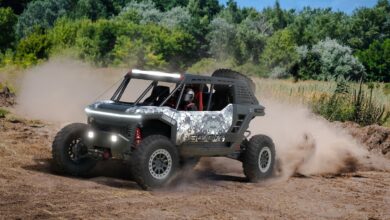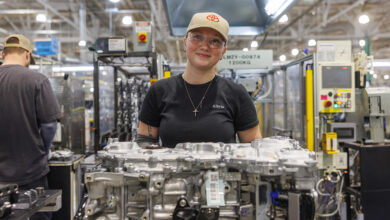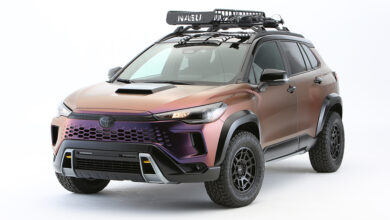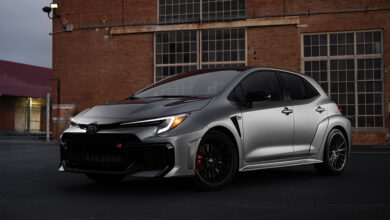Toyota Research Institute & Stanford Drift Autonomous Supras
The drifting was used to help develop techniques for autonomous driving systems...
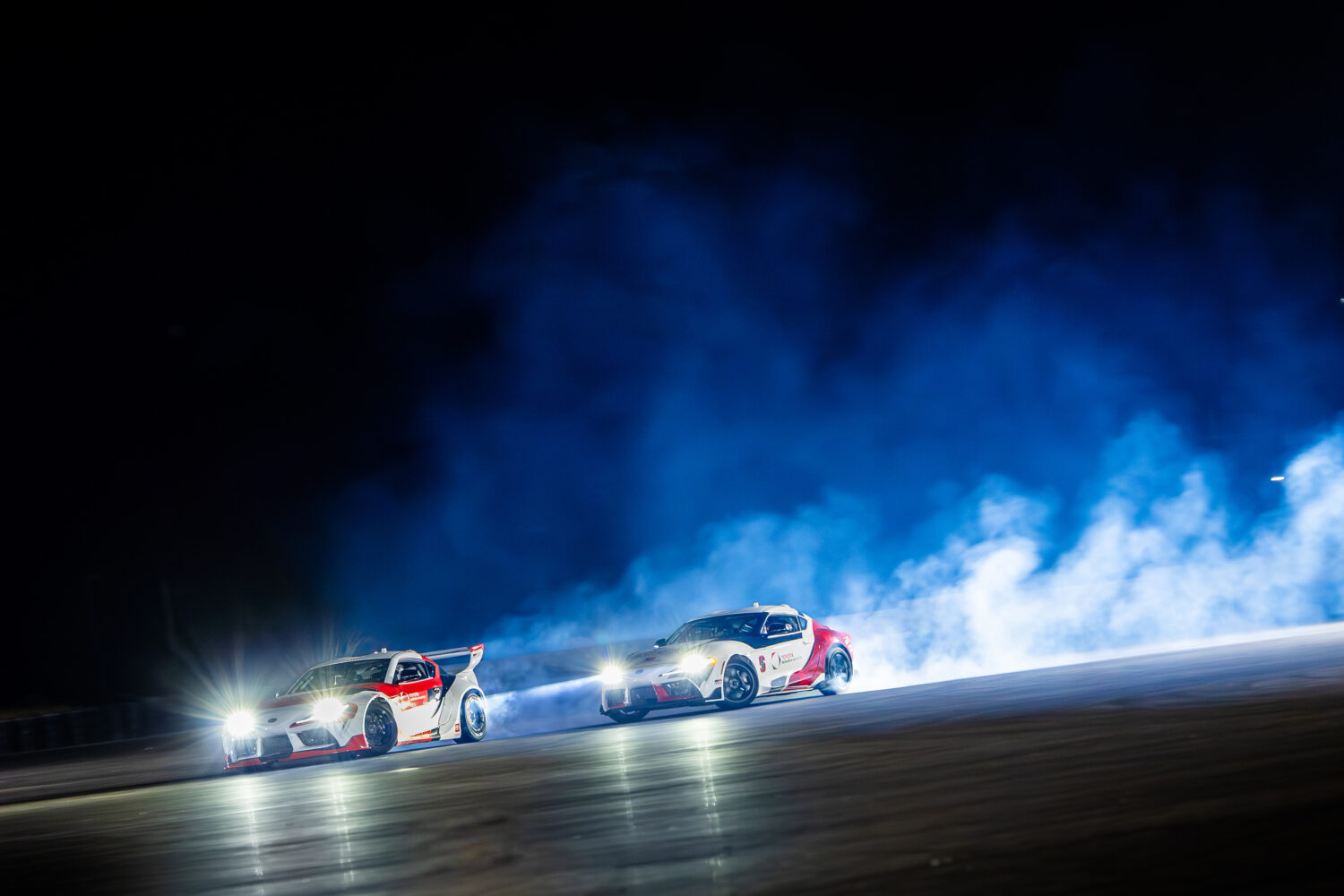
Toyota Research Institute (TRI) and Stanford Engineering announced a first in driving research when they autonomously drifted two Toyota Supras in tandem. Watch the video below:
For nearly seven years, the teams have collaborated on research to make driving safer. By adding a second car drifting in tandem, the teams simulated dynamic conditions where cars must respond quickly to other vehicles, pedestrians and cyclists.
“Our researchers came together with one goal in mind – how to make driving safer,” said Avinash Balachandran, vice president of TRI’s human interactive driving division. “Utilizing the latest tools in AI, we can drift two cars in tandem autonomously. It is the most complex maneuver in motorsports, and reaching this milestone has far-reaching implications for building advanced safety systems into automobiles.”

In an autonomous tandem drifting sequence, two vehicles—a lead car and a chase car—navigate a course at times within inches of each other while operating at the edge of control. The team used modern techniques to build the vehicle’s AI, including a neural network tire model that allowed it to learn from experience, much like an expert driver.
“The track conditions can change dramatically over a few minutes when the sun goes down,” said Chris Gerdes, professor of mechanical engineering and co-director of the Center for Automotive Research at Stanford (CARS). “The AI we developed for this project learns from every trip we have taken to the track to handle this variation.”
“When your car begins to skid or slide, you rely solely on your driving skills to avoid colliding with another vehicle, tree, or obstacle. An average driver struggles to manage these extreme circumstances, and a split second can mean the difference between life and death,” added Balachandran. “This new technology can kick in precisely in time to safeguard a driver and manage a loss of control, just as an expert drifter would.
Technical Details:

- Experiments conducted at Thunderhill Raceway Park in Willows, California, using two modified GR Supras: Algorithms on the lead car were developed at TRI, while Stanford engineers developed those on the chase car.
- TRI focused on developing stable control mechanisms for the lead car, allowing it to make repeatable, safe lead runs.
- Stanford Engineering developed AI vehicle models and algorithms that enable the chase car to adapt dynamically to the motion of the lead car so that it can drift alongside without colliding.
- GReddy and Toyota Racing Development (TRD) modified each car’s suspension, engine, transmission, and safety systems (e.g., roll cage, fire suppression). The vehicles were built to the same specifications used in Formula Drift competitions to help the teams collect data with expert drivers in a controlled environment.
- Both Supra models are equipped with computers and sensors that allow them to control their steering, throttle, and brakes while also sensing their motion (e.g., position, velocity, and rotation rate).
- The two cars share a dedicated WiFi network that allows them to communicate in real time by exchanging information such as their relative positions and planned trajectories.
- To achieve autonomous tandem drifting, the vehicles must continually plan their steering, throttle, and brake commands and the trajectory they intend to follow using a technique called Nonlinear Model Predictive Control (NMPC).
- In NMPC, each vehicle starts with objectives, represented mathematically as rules or constraints that it must obey.
- The lead vehicle’s objective is to sustain a drift along a desired path while remaining subject to the constraints of the laws of physics and hardware limits like maximum steering angle.
- The chase vehicle’s objective is to drift alongside the lead vehicle while proactively avoiding a collision.
- Each vehicle then solves and re-solves an optimization problem up to 50 times per second to decide what steering, throttle, and brake commands best meet its objectives while responding to rapidly changing conditions.
